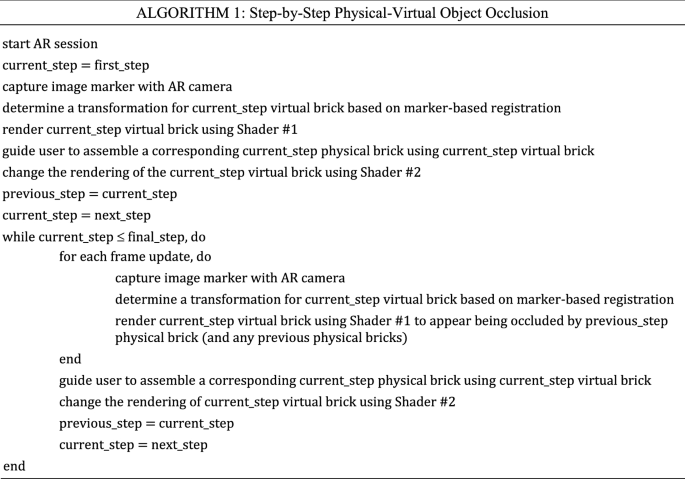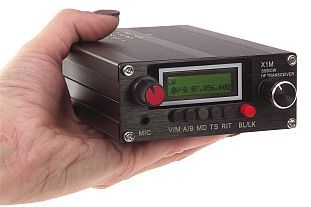

Names are standardized against multiple reference taxonomies, including the Missouri Botanical Garden's Tropicos database. The TNRS builds upon and extends existing open-source applications for name parsing and fuzzy matching.

The TNRS, or Taxonomic Name Resolution Service, is an online application for automated and user-supervised standardization of plant scientific names. The lack of tools for correcting this ‘names problem’ has become a fundamental obstacle to integrating disparate data sources and advancing the progress of biodiversity science. The ultimate consequences of misspelled names and bad taxonomy are erroneous scientific conclusions and faulty policy decisions. The BBS was started using RBBS software, a single phone line with 2400 baud modem and a shareware CD.Īdditional donations of CD-ROMs have come from Erik Pederson, Peter Simpson, Chuck Gilbert, Koos van den Hout, MCbx, Jason Scott, Tim Hazel, and others.The digitization of biodiversity data is leading to the widespread application of taxon names that are superfluous, ambiguous or incorrect, resulting in mismatched records and inflated species numbers.

The system used a Harris 286 CPU operating at 20MHZ, two 65 Megabit Seagate RLL hard drives and a Dennon CD player that used a "cart" to hold the CD. Eventually, as operating systems like Linux and FreeBSD became more widely available, CDs were perfect distribution mechanisms for the very large libraries and file collections associated with them.Ī number of the initial CD images for this collection came courtesy of the CD BBS of Twin Falls, Idaho, operated by Mark Fugitt (sysop) and Mike Laybourn (remote sysop). Additionally, the advent of an internet open to the general public heralded massive collected sets of files which CD makers happily mirrored and made available to the BBS market. While many of the CDs contain shareware programs, a number branched into music, graphics, animations and movies. For this market, CD makers would declare their CDs "BBS Ready", meaning an easily-readable directory of file descriptions was located on the CDs to be read by the BBS software. Some computer bulletin board services would attach banks of CD-ROM drives to their machines to allow users to access the discs, allowing the system operators (SysOps) to claim the BBS had thousands of files available. As a result, many otherwise-lost pieces of computer history were gathered up in the trawling nets of these individuals and companies and were preserved for future generations. As material "ran out", that is, as sellers of these CDs found they were unable to easily find shareware programs and files, the hunt began to track down every last file and item that could make the quarterly or monthly quota.
Virtual cb funk full#
Initially containing less than the full capacity of the discs (600mb, later 700mb) these items eventually began brimming with any sort of computer data that could be packaged and sold. One of the most historically important artifacts to come from the home computer telecommunications revolution was shareware CDs, compact discs put out by companies containing hundreds of megabytes of shareware.


 0 kommentar(er)
0 kommentar(er)
